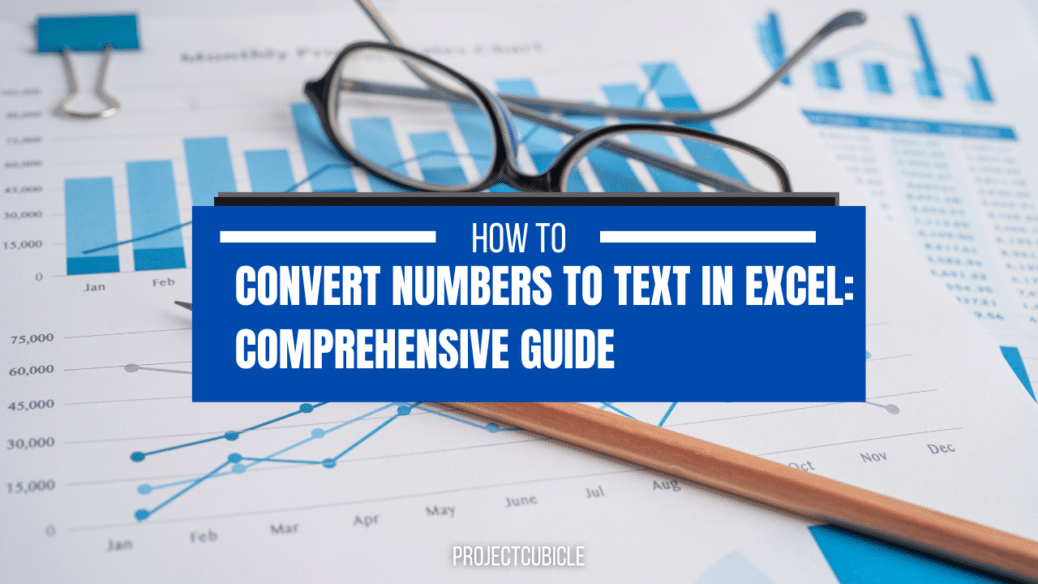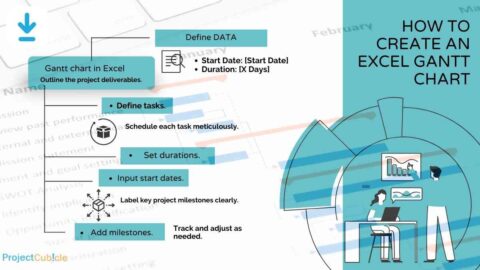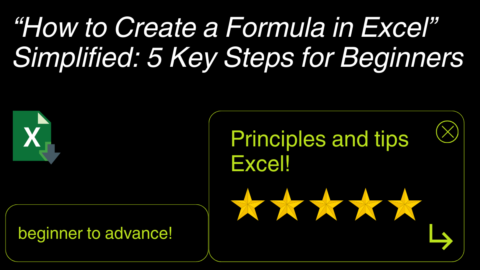Convert Numbers to Text in Excel: Comprehensive Guide
What is convert numbers to text in Excel?Microsoft Excel is a powerful tool that allows users to perform various calculations and analyses on large datasets. However, sometimes it is necessary to convert numerical data into text format, especially when dealing with financial reports or invoices. Fortunately, Excel provides several built-in functions that make this task easy and efficient. This article will discuss converting numbers to text in Excel using different methods and formulas.
Table of Contents
1. Convert Numbers to Text Using the Text Function
The Text function is a built-in function in Excel that converts a number into text format. The syntax of the Text function is as follows:
=TEXT(value,format_text)
Here, “value” is the numerical value you want to convert, and “format_text” is the format you want to apply to the converted text.
For example, let’s say you have a numerical value of 1234 in cell A1. To convert this value into text format with a comma separator and no decimal places, you can use the following formula:
=TEXT(A1,"#,##0")
This will return the text value of “1,234”. Similarly, you can use different format codes to apply different formats to the converted text.
2. Convert Numbers to Text Using Custom Number Formats
Custom number formats in Excel allow users to create their own formats for displaying numerical data. These formats can also be used to convert numerical data into text format.
To create a custom number format, you need to follow these steps:
- Select the cell(s) that you want to apply the format to.
- Right-click on the cell(s) and select “Format Cells” from the context menu.
- In the Format Cells dialogue box, select the “Custom” category.
- In the “Type” field, enter the custom format code.
For example, to convert a numerical value of 1234 into text format with a dollar sign and two decimal places, you can use the following custom format code:
$#,##0.00
3. Convert Numbers to Text Using the Dollar Function
The Dollar function is another built-in function in Excel that converts a number into text format with a dollar sign. The syntax of the Dollar function is as follows:
=DOLLAR(number,decimals)
Here, “number” is the numerical value you want to convert, and “decimals” is the number of decimal places you want to display.
For example, to convert a numerical value of 1234 into text format with a dollar sign and two decimal places, you can use the following formula:
=DOLLAR(A1,2)
This will return the text value of “$1,234.00”.
4. Convert Numbers to Text Using VBA Code
Sometimes, it may be necessary to convert numerical data into text format using VBA code. The following VBA code can be used to convert a numerical value into text format:
Function ConvertToText(ByVal value As Double) As String
ConvertToText = Format(value, "#,##0.00")
End Function
To use this code, you need to follow these steps:
- Press Alt + F11 to open the VBA Editor.
- In the VBA Editor, click “Insert” and select “Module” from the context menu.
- Copy and paste the above VBA code into the Module.
- Close the VBA Editor.
- In your Excel worksheet, enter the following formula in a cell:
5. Convert Numbers to Text Using CONCATENATE Function
The CONCATENATE function is a built-in function in Excel that combines multiple strings or values into one. You can use the CONCATENATE function to convert numerical data into text format by combining it with a text string.
For example, to convert a numerical value of 1234 into text format with a dollar sign, you can use the following formula:
=CONCATENATE("$",A1)
This will return the text value of “$1234”.
6. Convert Numbers to Text Using the SpellNumber Add-in
If you need to convert large numbers into text format, you can use the SpellNumber add-in in Excel. The SpellNumber add-in converts numerical data into text format using the correct spelling of numbers.
To use the SpellNumber add-in, you need to follow these steps:
- Download the SpellNumber add-in from Microsoft’s website.
- Install the add-in in Excel by going to File > Options > Add-Ins > Excel Add-ins > Browse, and selecting the add-in file.
- In your Excel worksheet, enter the following formula in a cell:
=SpellNumber(A1)
This will return the text value of the numerical value in cell A1, spelt out in words.
7. Convert Numbers to Text Using Excel Formulae
Another way to convert numbers to text in Excel is to use formulae. Excel has several formulae that can convert numbers into text format, such as:
- =TEXT(number,”format_text”) : converts a number into text format using a specified format.
- =PROPER(text) : converts a text string into sentence case, where the first letter of each word is capitalized.
- =UPPER(text) : converts a text string into uppercase letters.
- =LOWER(text) : converts a text string into lowercase letters.
Conclusion
In conclusion, Excel provides various built-in functions, custom number formats, VBA code, and add-ins that make converting numbers into text format easy. Using these tools, you can format your financial reports and invoices and ensure your data is displayed correctly. We hope that this article has helped you understand how to convert numbers to text in Excel.
FAQs
- What is the difference between the TEXT function and custom number formats in Excel?
- The TEXT function is a formula that converts a number into text format using a specified format. In contrast, custom number formats are user-defined formats that can display numerical data in a specific way.
- Can I use custom number formats to convert numbers into text format with a currency symbol?
- You can create a custom number format with a currency symbol and apply it to numerical data to convert it into text format.
- Can I use VBA code to convert numbers into text format in Excel?
- Yes, you can use VBA code to convert numbers into text format in Excel. Using the Format function, you can create a custom function that converts a numerical value into text format.
- How do I install the SpellNumber add-in in Excel?
- You can download the SpellNumber add-in from Microsoft’s website and install it in Excel by going to File > Options > Add-Ins > Excel Add-ins > Browse and selecting the add-in file.
- Can I convert large numbers into text format using Excel’s built-in functions?
- Yes, Excel’s built-in functions, such as the TEXT and Dollar functions, can convert large numbers into text format. However, if you need to spell out large numbers in words, you can use the SpellNumber add-in.
We have come to the end of our first post. We hope it helps you. You can read this article on the subject or you can read this article we found for you from another site.
Hello, I’m Cansu, a professional dedicated to creating Excel tutorials, specifically catering to the needs of B2B professionals. With a passion for data analysis and a deep understanding of Microsoft Excel, I have built a reputation for providing comprehensive and user-friendly tutorials that empower businesses to harness the full potential of this powerful software.
I have always been fascinated by the intricate world of numbers and the ability of Excel to transform raw data into meaningful insights. Throughout my career, I have honed my data manipulation, visualization, and automation skills, enabling me to streamline complex processes and drive efficiency in various industries.
As a B2B specialist, I recognize the unique challenges that professionals face when managing and analyzing large volumes of data. With this understanding, I create tutorials tailored to businesses’ specific needs, offering practical solutions to enhance productivity, improve decision-making, and optimize workflows.
My tutorials cover various topics, including advanced formulas and functions, data modeling, pivot tables, macros, and data visualization techniques. I strive to explain complex concepts in a clear and accessible manner, ensuring that even those with limited Excel experience can grasp the concepts and apply them effectively in their work.
In addition to my tutorial work, I actively engage with the Excel community through workshops, webinars, and online forums. I believe in the power of knowledge sharing and collaborative learning, and I am committed to helping professionals unlock their full potential by mastering Excel.
With a strong track record of success and a growing community of satisfied learners, I continue to expand my repertoire of Excel tutorials, keeping up with the latest advancements and features in the software. I aim to empower businesses with the skills and tools they need to thrive in today’s data-driven world.
Suppose you are a B2B professional looking to enhance your Excel skills or a business seeking to improve data management practices. In that case, I invite you to join me on this journey of exploration and mastery. Let’s unlock the true potential of Excel together!
https://www.linkedin.com/in/cansuaydinim/










